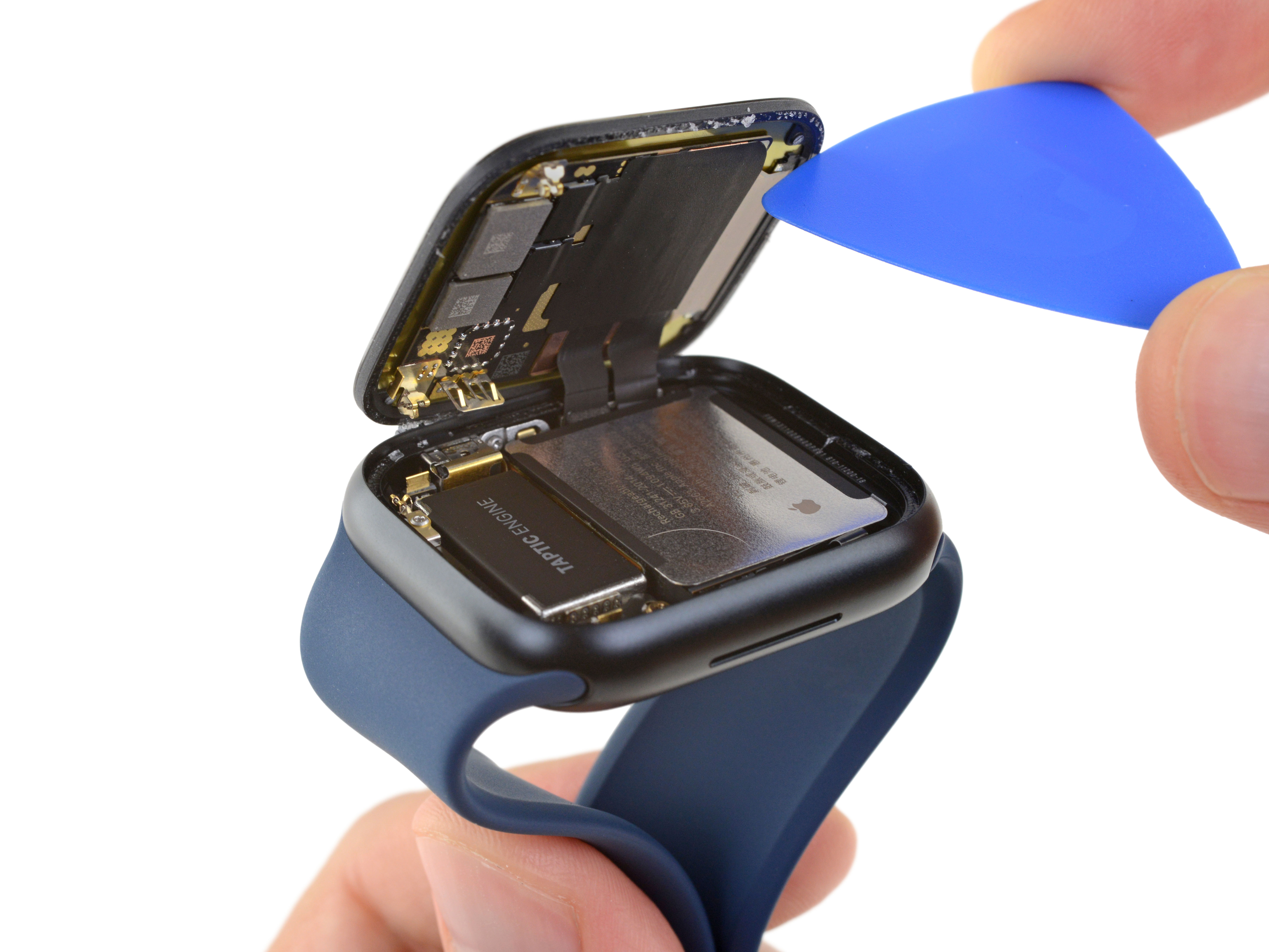The last couple years have seen big upgrades to iFixit’s repairability scoring system—the measuring stick by which we gauge how easily (or not) you can repair the latest products. From parts pairing to spare parts availability and pricing, our scoring system is more comprehensive than ever.
In most cases, we’ve been able to fold these additional scoring criteria into our existing scorecard without too much disruption—that is, a device that scored a 5/10 last year should still score around the same today, or else we need to revise the score. These scores are meant to arm you, as a consumer, with information you can use to make purchasing decisions, so consistency is important.
Sometimes, though, more comprehensive scoring reveals gaps in how we’ve scored things in the past. In general, we’re happy with this—repairability is a technically difficult, ever-changing topic—and it forces us to re-evaluate our scoring system to ensure it stays relevant and meaningful.
So starting today, you’ll notice some differences in iFixit’s smartwatch scores. We’ve re-architected and recalibrated the scorecard from top to bottom using much better data than we had in years past, and the new scorecard does a better job of calculating scores that align with the repair experience. But this has also led to some inconsistencies with past scores.

The most significant change concerns repairability scores for the Apple Watch—the product that originally helped define the category. When we took apart the first Apple Watches starting in 2015, we had very limited data on repairability for wearables. The 5/10 or 6/10 scores they garnered at the time reflected a straightforward mix of good points (easily replaceable bands, well-prioritized repair path for the screen) and bad (heavy reliance on adhesive, tiny tri-point screws, etc.). But today, with the benefit of a lot more data and more comprehensive scoring methodology, Apple Watches are generally scoring in the 3-to-4 out of 10 range. We’re revising the scores accordingly for the most recent models—those that are still on the market, or were until very recently.
To be clear, Apple didn’t do anything wrong here. This isn’t a situation like with the iPhone 14, where anti-repair practices forced us to add a whole new section to the scorecard and retroactively reduce the score. Instead, we simply have a better understanding of how much repairability we can expect from something like a smartwatch, and what the real-world repair experience has been for the many DIYers, tinkerers, and repair professionals who rely on iFixit. Rather than keep the scorecard anchored to outdated scores, we’re recalibrating so we can keep you better informed going forward.
If you’re curious how the revised scores stack up against the competition, check out our updated smartwatch repairability index. It uses the same updated methodology for scoring recent Apple Watches and competing smartwatch offerings from other OEMs.
As a side note, two full points on our scorecard remain dedicated to public availability of a service manual and replacement parts. Other than replacement watch bands, Apple doesn’t currently offer any of that for its Watch customers. So there’s room in the revised scorecard for Apple to reclaim those “lost” points without changing the product design—if they release the manuals and offer parts, much as they have for recent iPhones and Macs (and as they will need to do, in order to comply with Right to Repair legislation).
Calculating repairability scores that accurately reflect the user experience is a challenging, ever-evolving discipline—one that we take very seriously and are committed to continually improving. We want you to feel confident that iFixit scores accurately reflect the state of repairability of the latest devices on the market, and we’ll continue working hard to refine our methodology so you can keep pace with the latest tech.





0 Comments